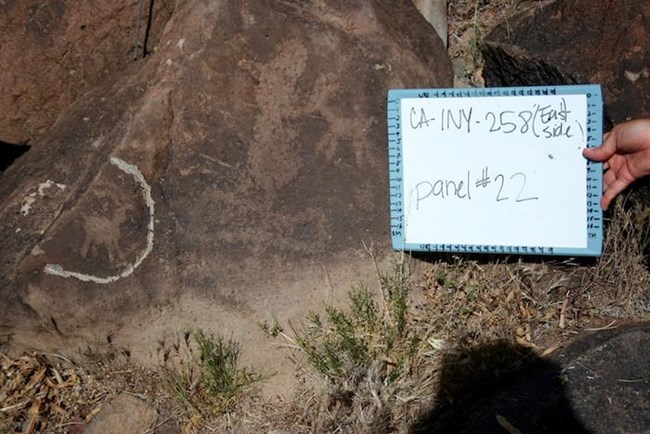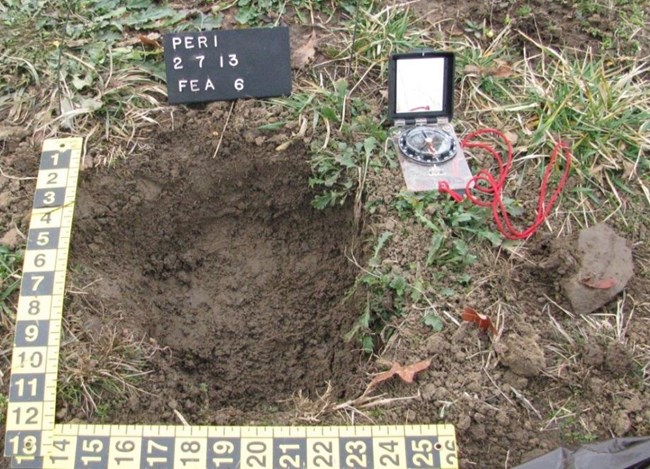Looting, vandalism, and unintentional disturbance of archeological sites is a major problem in national parks and on federal lands. Archeological resources -- including sites and artifacts -- are unique and irreplaceable. Digging into sites on public lands and removing artifacts is theft of the nation's archeological heritage, which belongs to us all.
Only archeology can tell the lost stories of people such as the Buffalo Soldiers or workers who built the Chesapeake & Ohio Canal. Some national parks were established expressly to tell the stories uncovered by archeology, such as Hopewell Culture National Historical Park or African Burial Ground National Monument. Others demonstrate the relationships between Americans and people all over the world, like Mesa Verde National Park or Poverty Point National Monument, which are also World Heritage Sites.
Federal laws protect archeological resources on NPS and other federal lands. These laws may include civil and criminal penalties for disturbing, looting, or vandalizing archeological sites. For violating the Archaeological Resources Protection Act, U.S. courts can penalize looters with fines, years in prison or place them on probation. Learn about recent convictions at Pea Ridge National Battlefield Park, Ozark National Scenic Riverways, and Chickamauga & Chattanooga National Military Park and Shiloh National Battlefield Park.
What does looting and vandalism look like?
Looting and vandalism can take many forms. Here are two common ones.

At Death Valley National Park, looters attempted to etch around this pictograph of bighorn sheep to lift it from the rock face. When vandals succeed, sometimes they keep the lifted pieces, but they are often sold to private collectors.
The damage to this rock face and the artistic scene is permanent and cannot be repaired. For future visitors, it will look as if the etch marks could have been part of the original design. In some cases, NPS installs interpretive signage to explain that vandalism has taken place and to warn visitors against inflicting additional damage.

At Pea Ridge National Battlefield, NPS investigators found this dig pit. Relic hunting using metal detectors is a common problem in battlefield parks. Surrounding the pit are tools used by archeologists and law enforcement rangers to document ARPA violations, including a compass, measuring ruler, and string.
Investigators do not know what artifacts were found in this pit, because they were taken. The artifacts' archeological context, which is essential to understanding their role in historic events, has been compromised. As a result, we can never know how the evidence fit into the bigger story of the battlefield.
Want to help the NPS combat looting and vandalism?
Here's what you can do:
- Review Guidelines for Visiting Archeological Places for some basic rules.
- Know that federal law protects archeological resources on NPS and other federal lands, and the law applies to you.
- Know what to do if you find an artifact or a disturbed site. Print out this card ("What If I Find an Artifact?") and take it with you.
- Learn about unintentional disturbance, looting, and vandalism so you don't harm sites. Check the Glossary for definitions.
- Become a site steward or volunteer.
- While you're at it, help our paleontology friends! Unpermitted removal of paleontological (think: dinosaurs) resources is also illegal. Learn more about laws protecting paleontological resources.
Last updated: February 10, 2025
